Fashion, Culture
The Aesthetic of Darkness: How Opium-Core Became a Mirror for Gen Z/α
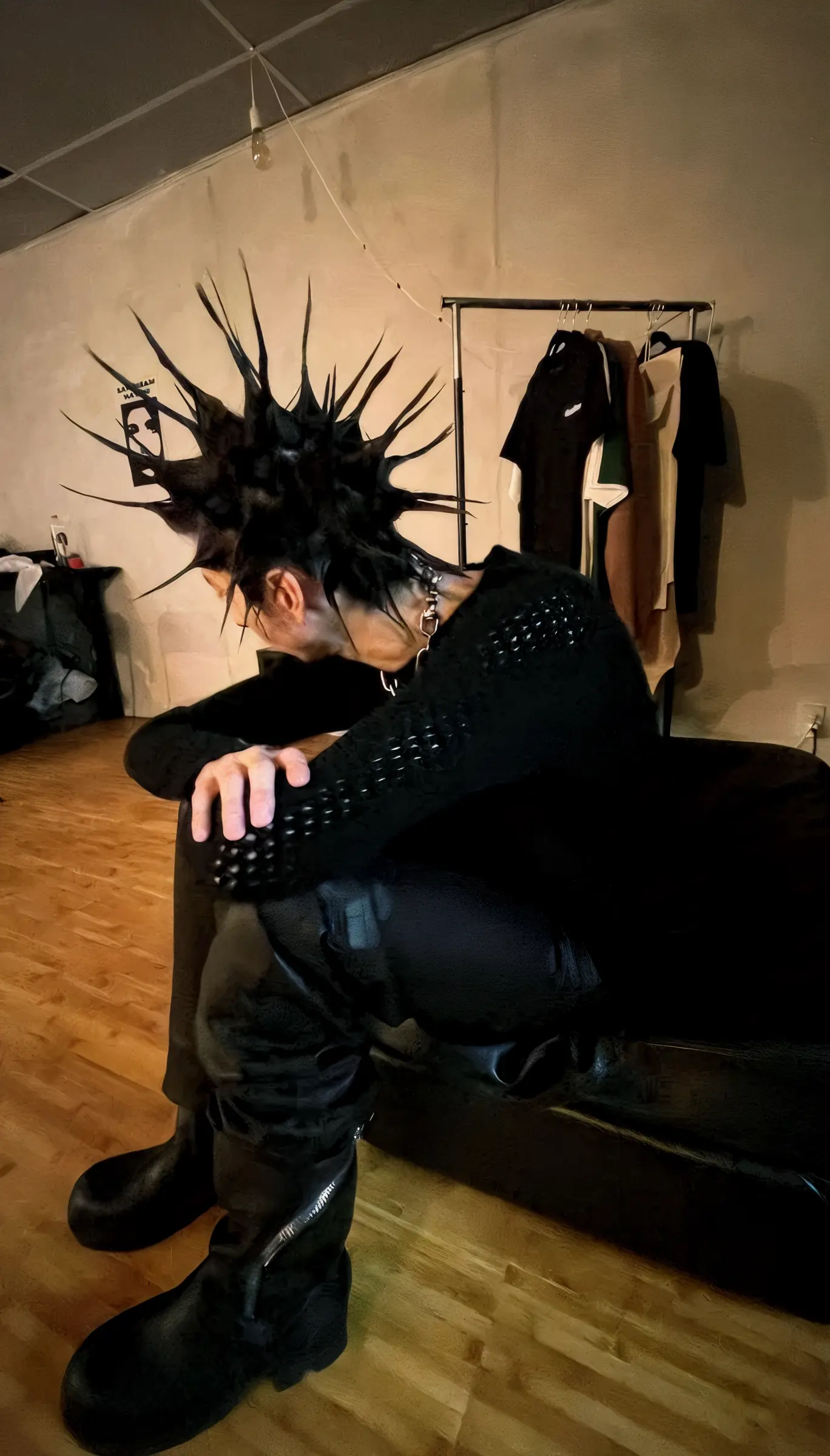
If the 2010s were defined by softboy aesthetics and Coachella-glam looks, today’s Gen Z and Gen Alpha are embracing something entirely different: a stylized darkness. Mystery, latex, metal accents, distressed sweatshirts — the new visual identity and fully formed music genre known as Opium-core represents a new form of sensitivity that romanticizes coldness, anxiety, and gloom. At its core is the Opium label and its central figure, Playboi Carti, whose influence has reshaped not just the sound of rap, but the look and feel of an entire generation.
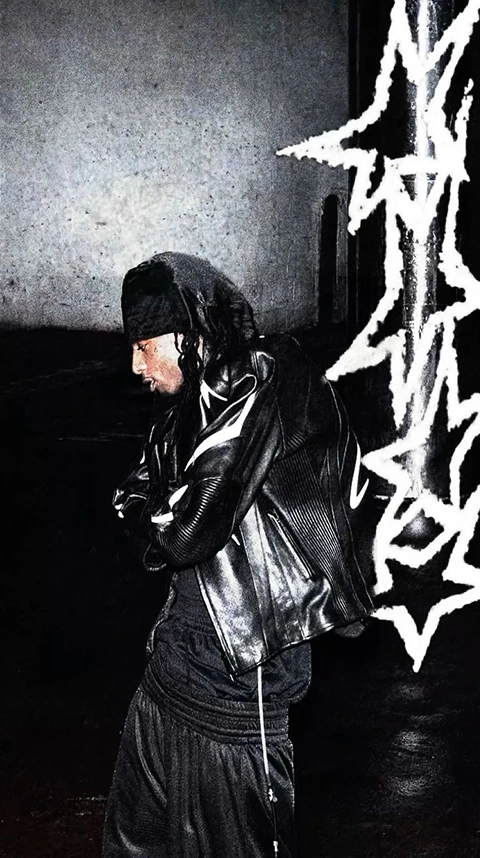
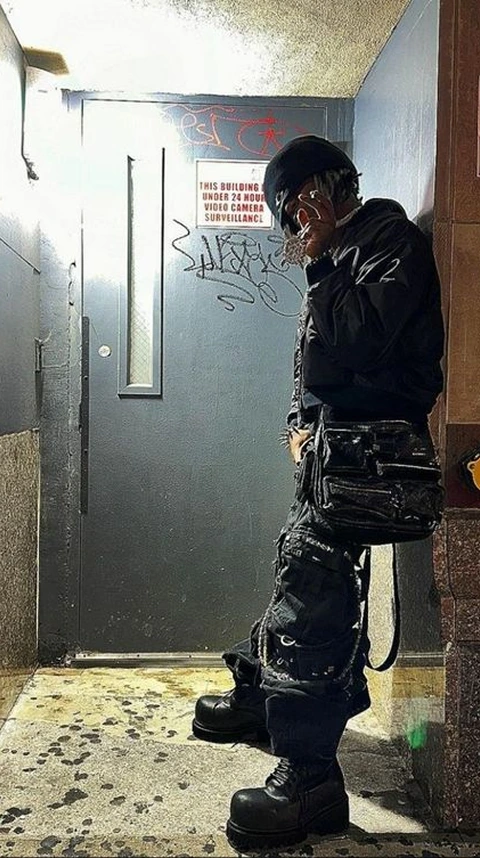

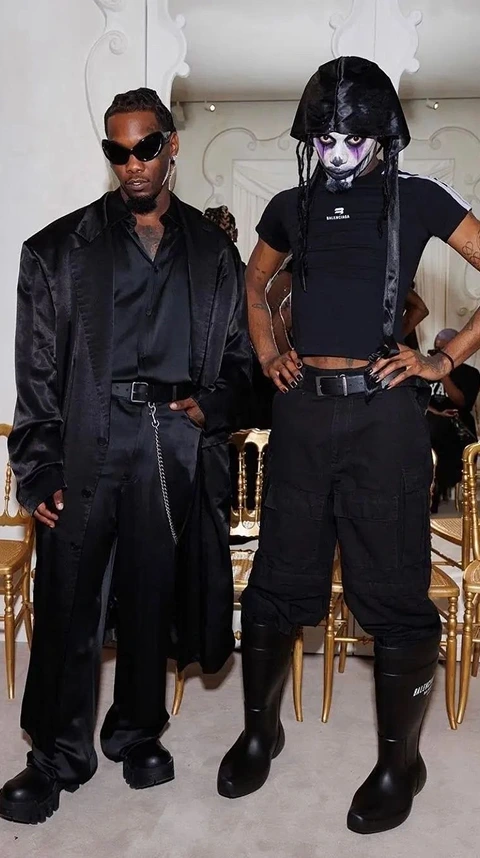
What Is Opium-Core and Where Did It Come From?
The roots of Opium-core aren’t in the streets of Atlanta like 2010s trap. They're in ‘80s punk rock, internet archives, Tumblr posts, and grainy, depressive 2014-era selfies — all set to a background soundtrack of Crystal Castles and imagery inspired by Marilyn Manson.
It was this collision of elements that set the stage for Opium-core, catalyzed by one of its cultural prototypes: Burberry Erry — a skater with smoky eye shadow, a Balmain jacket, and a signature mohawk. Beyond his niche fame in skateboarding circles, he became a Balenciaga model — and that brought him into the orbit of Kanye West and Playboi Carti.
Burberry Erry constantly experimented with looks that nodded to punk rock, gothic, and grunge. In interviews, he cited Marilyn Manson as a core influence. His visual defiance and disruptive presence helped inspire Playboi Carti, who would go on to build a full-blown universe with Whole Lotta Red (2020), casting himself as King Vamp.
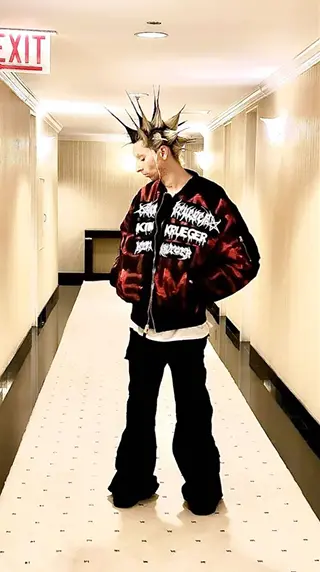
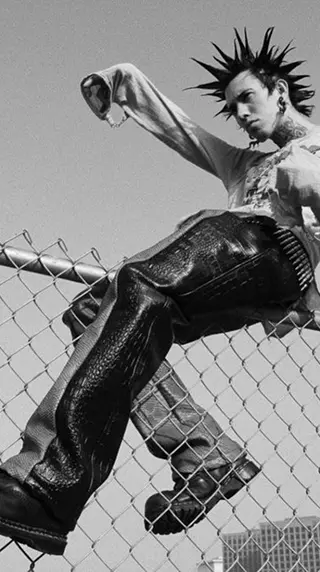
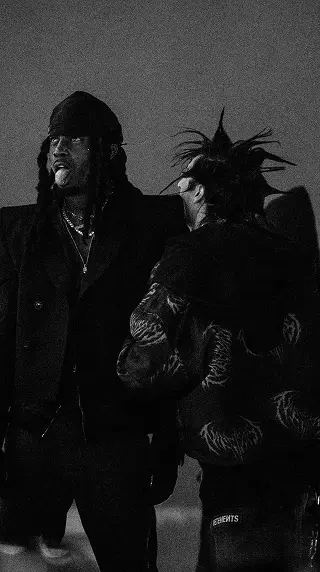
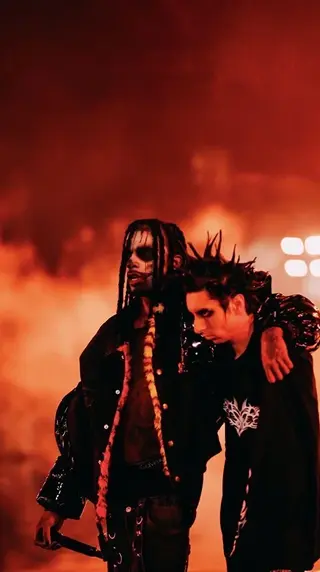
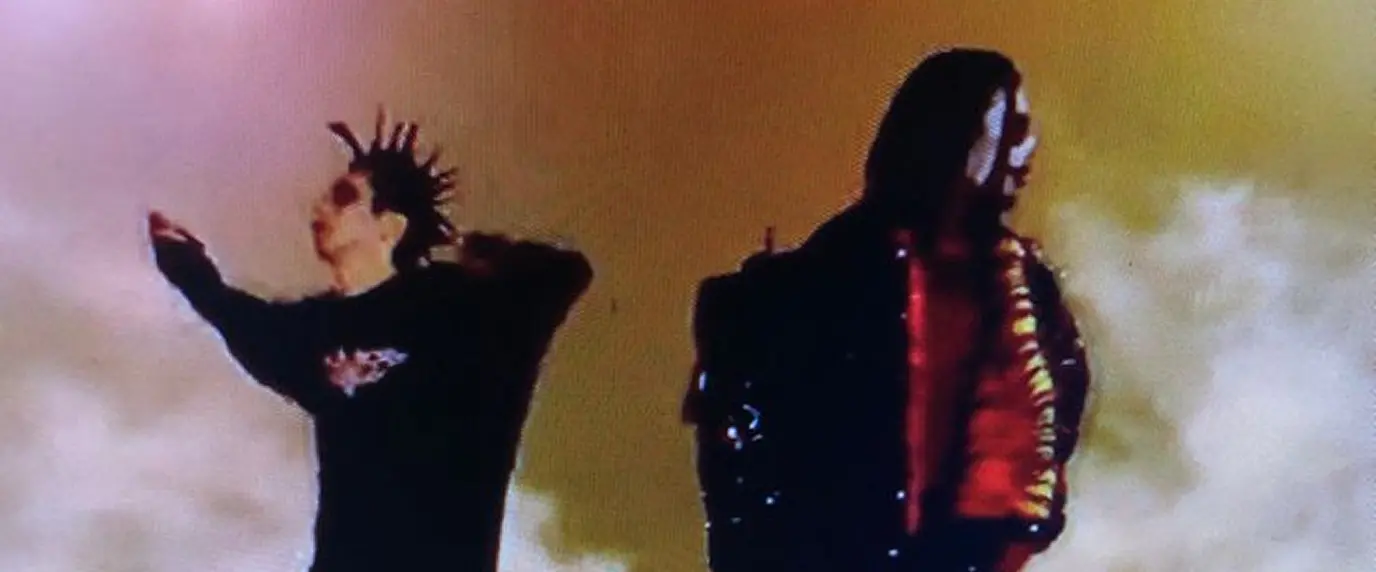
Playboi Carti and Burberry Erry at the Donda 2 event
Why Did Opium-Core Take Root in Rap?
The rise of Opium-core within rap culture is a multi-layered phenomenon. Its emergence around 2019 can be linked to several key factors.First: the rap that preceded it — trap and flex culture mixed with raw emotion. Rappers weren’t afraid of vulnerability; lyrics often explored death, drugs, money, and love. The beats were polished, anchored by deep 808s. Think: Lil Uzi Vert, Juice WRLD, Young Thug.
Second: the foundation of rock culture, which offered the perfect visual prototype for Opium-core. Gothic, bleak, and heavy — its themes seamlessly integrated into the emotional landscape of rap at the time.
Third: high fashion. Designers were pushing experimental boundaries, giving artists the visual language to match the sonic atmosphere they were building.
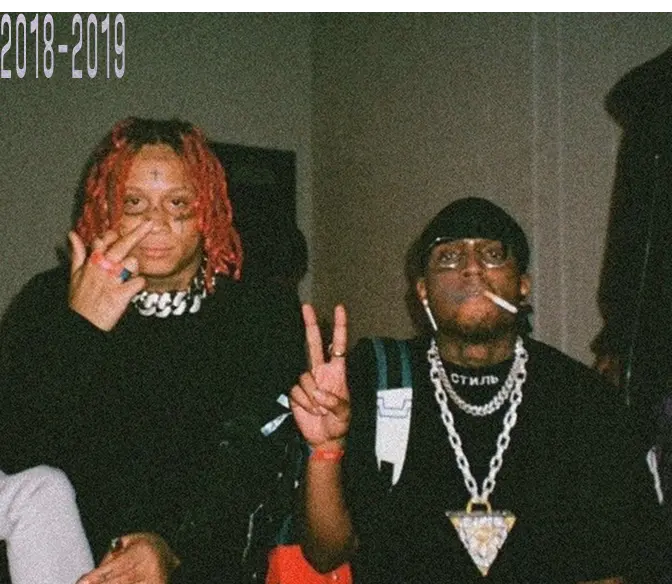
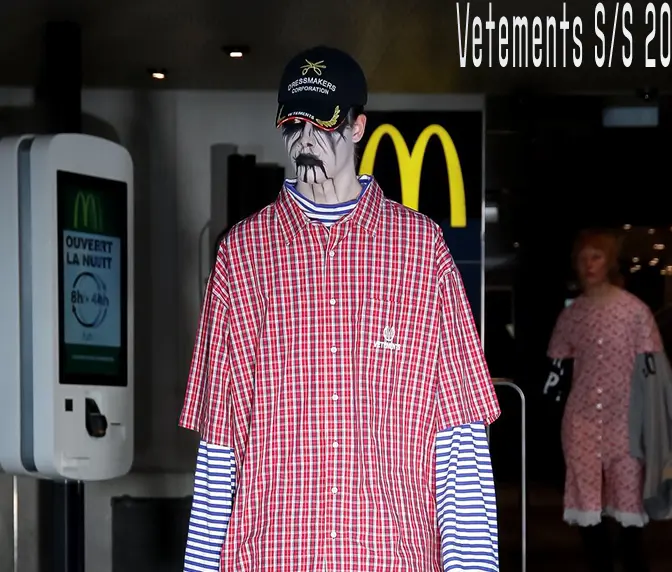
Key Style Elements of Opium-Core
Opium-core often compiles recognizable pieces from brands like Rick Owens, VETEMENTS, Balenciaga, and Chrome Hearts. The look features a dark palette (mostly black), layering, oversized silhouettes, leather, chunky accessories, and touches of Y2K and early-2000s nostalgia.
It’s important to understand that, at its core, the Opium aesthetic isn’t built for everyday wear. The shoes, accessories, and garments often aren't meant for daily comfort — they're more like fashion armor. That’s why the look quickly adapted into a more wearable, street-ready version: slightly softened with color, simplified silhouettes, and familiar wardrobe staples.
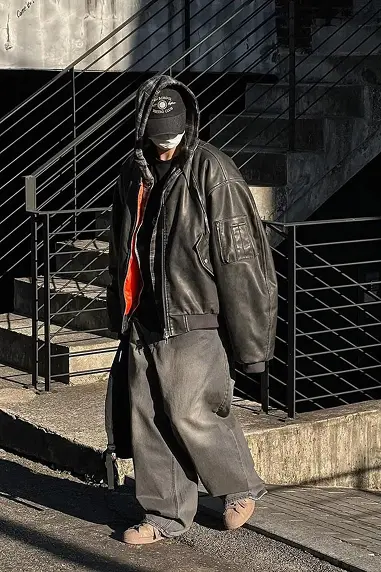
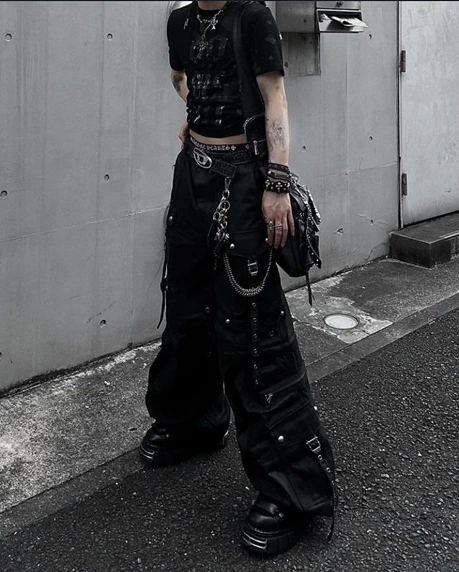
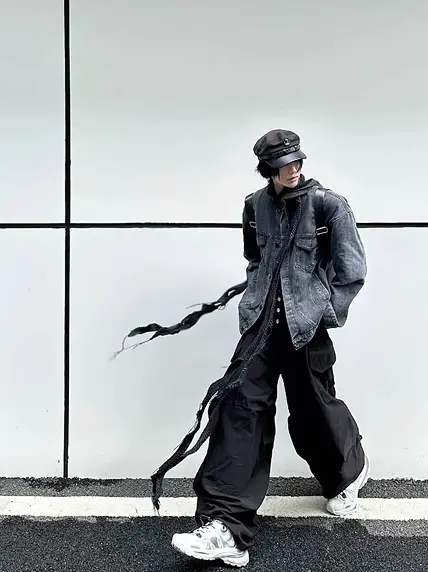
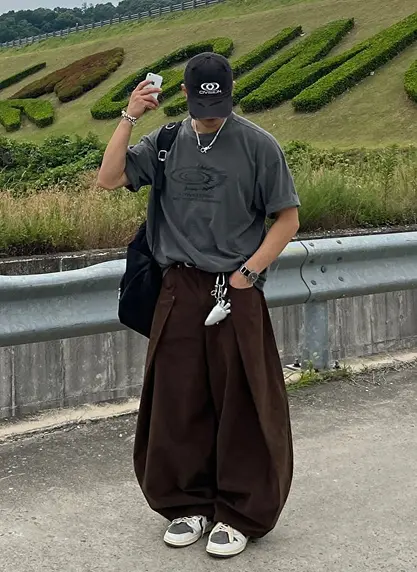
What Does It Mean for Fashion and Culture?
Today, the Opium aesthetic seeps into pop culture not directly, but through visual shorthand: deconstructed silhouettes, industrial choreography, and the feeling of digital decay.
On runways and in streetwear alike, elements of the Opium wardrobe are increasingly visible:
- Sheer tops and tank tops, dangling chains, dirty blond hair, low-rise skintight pants, and floor-length coats;
- Gritty textures, makeup-streaked tears, platform shoes built for escape through industrial tunnels;
- Models look less like they just left a Balenciaga fitting — and more like they just fled a techno ritual. Eyes dead but lined.
- Sheer tops and tank tops, dangling chains, dirty blond hair, low-rise skintight pants, and floor-length coats;
- Gritty textures, makeup-streaked tears, platform shoes built for escape through industrial tunnels;
- Models look less like they just left a Balenciaga fitting — and more like they just fled a techno ritual. Eyes dead but lined.
On TikTok and across social media, Opium-core is instantly recognizable through a distinct visual filter:
- High contrast, digital grain, muted color palettes;
- Blurred faces, glitch transitions, visuals that feel like a dream fragment or a horror film without a jump scare;
- The aesthetic isn’t about highlighting beauty — it’s about distortion. The imagery communicates alienation or unease.
Instead of gloss, you get ruined film stock. Instead of a "clean" look — an outfit that seems pieced together from cultural ruins, where the 2000s collide with post-apocalyptic vibes.
- High contrast, digital grain, muted color palettes;
- Blurred faces, glitch transitions, visuals that feel like a dream fragment or a horror film without a jump scare;
- The aesthetic isn’t about highlighting beauty — it’s about distortion. The imagery communicates alienation or unease.
Instead of gloss, you get ruined film stock. Instead of a "clean" look — an outfit that seems pieced together from cultural ruins, where the 2000s collide with post-apocalyptic vibes.
Why It Matters
Opium-core is a response to everything at once: anxiety, loneliness, overstimulation, boredom. It’s a way to be beautiful — but in a dangerous form. To be desirable — but impossible to decode. It’s a language for a generation with no flag, just black nails, wet lashes, and bass in their headphones.
It pulls from many eras and styles: punk, emo, goth, Y2K, Tumblr culture. And through figures like Rick Owens, Playboi Carti, and Burberry Erry, it’s been shaped into a cohesive world — through visuals, emotions, and sound.
It’s a style where darkness outweighs attractiveness, where anxiety speaks louder than confidence, and where distance feels more intimate than closeness. Born in archives, built in grainy videos, and dressed for nights that look like surveillance footage — where no one smiles.
